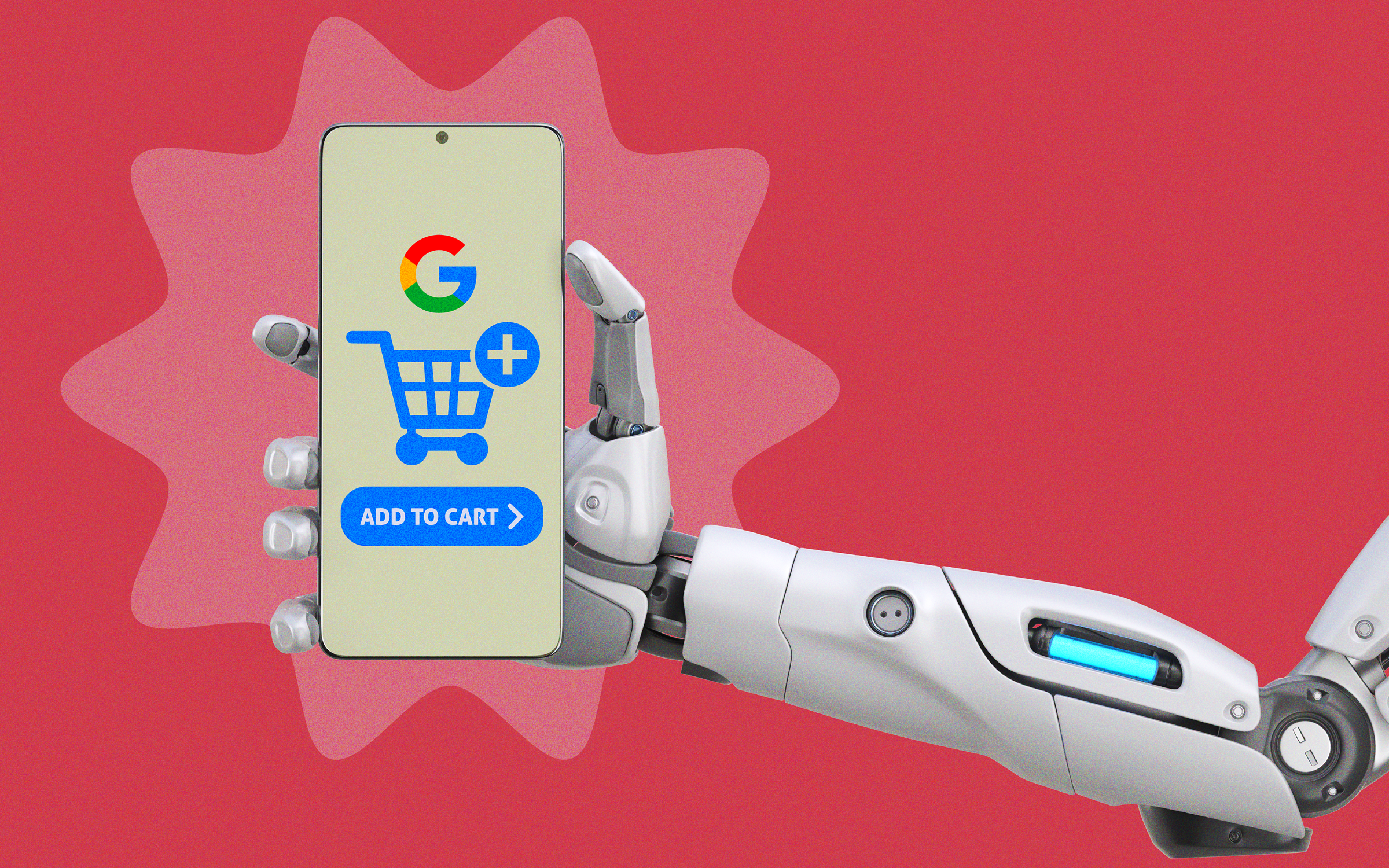Even before the added challenges of bringing on remote workers, companies have long struggled with onboarding new employees. According to a 2019 Gallup survey, only 12% of employees thought their company did a great job at onboarding. “This failure gets in the way of the formation of an emotional bond between the new hire and the company – a connection that can make or break retention,” wrote Gallup.
Of course, remote work has upended the onboarding process, and it’s not a passing fad. The online freelancing platform Upwork estimates that, by 2026, 40.7 million American professionals will work remotely full-time. By the end of 2021, 25% to 30% of the American workforce will already be working from home at least several days a week, according to Global Workforce Analytics, a research and consulting firm helping companies develop remote and hybrid workforces.
Sure, you’re probably sending welcome baskets that include food, gift cards and company swag such as a coffee mug or t-shirt to new remote workers. Other smart welcome-kit ideas we’ve heard about from executives include Tile mates for locating misplaced items; a mini tech bag for holding a mobile phone, cables and chargers; coveted Corkcicle travel mugs; and desk plants.
And you’ve probably pointed new hires to the company’s website, LinkedIn presence and perhaps the intranet to learn company history and culture and understand the company’s place within the industry.
But that’s the easy stuff.
Senior Executive Media spoke with CEOs leading thriving remote workforces, HR execs managing remote onboarding programs, and researchers who study the remote onboarding process — all with a mission of helping you build a better employee onboarding checklist for your remote hires. We bet you find at least a couple smart new tactics here to add to your plan. Consider:
Employee Onboarding Checklist for Your Remote Workforce: Make Key Introductions and Facilitate Ongoing Connections
“It’s hard to meet people virtually, so managers need to make introductions,” says Caroline Ceniza-Levine, who has recruited for Fortune 500 companies and is co-founder of the career coaching firm Dream Career Club.
In a traditional work setting, new employees in offices are ushered about the office by their managers on the first days to meet everyone they come in contact with — at workstations and the break room, the copy machine and the water cooler. On their own, new office employees will make introductions in the elevator and, yes, even in the bathroom. Since that’s not possible for remote employees, companies must do it differently. Proactively schedule welcome calls for new remote workers with teammates, department heads and C-suite executives as appropriate, HR professionals, IT staff and others.
Also, establish a process for inviting new hires into existing Slack channels and recurring team meetings so new remote teammates aren’t inadvertently left out of the loop. For instance, at GroundTruth, a location-based ad tech firm, on the Friday before a new hire’s Monday start date, managers send out invites to all the meetings that the remote employee must attend, says Bruce Faulk, head of global recruitment.
At digital health platform for bio-pharma and med-tech BrightInsight in San Jose, Calif., CEO and co-founder Kal Patel schedules a meeting once a month with the newest group of hires to spell out the company’s vision, mission, values and expectations, encourages questions and provides his assistant’s contact information, should a new employee want a one-on-one with him.
There’s more to this than simply helping new employees know who to turn to for help on their initial projects. Researchers say employees’ emotional connection to the workplace is essential to both attracting and retaining employees who may feel isolated at home, working alone and unaware of where to turn for help.
At BrightInsight, the company also pairs each new hire with an experienced employee, a “buddy,” from the same division who can teach the new employee the ropes during his or her first months, according to Patel.
“We get great feedback on our onboarding at all levels,” says Patel. “They’re like, ‘Wow, that’s one of the best onboarding experiences I’ve ever experienced.’ I think they appreciate not just the emotional connection [with the company], but the emotional safety [they feel]. We’re trying to help people transition and take away some of that overwhelming feeling they may have [when they start a new job].”
At GroundTruth, new remote employees are encouraged to play games, such as Pictionary, or engage in virtual walks or coffee chats, during working hours to bond with coworkers, Faulk explains.
A waste of time perhaps? Jessica R. Methot, an associate professor of human resource management at Rutgers University’s School of Management and Labor Relations, studies the “mixed blessing” of engaging in small talk with coworkers, which can be both a distraction and a mood-lifter that increases productivity. “On days that employees had more small talk with their co-workers, they felt more energy, they felt better able to recover at the end of the workday, they felt more positive social emotion,” says Methot.
Employee Onboarding Checklist for Your Remote Workforce: Benefits Enrollment and Usage
Membership organizations know the score: The more individual benefits that a member takes advantage of (and the more frequently he or she does so), the more likely he or she is to renew.
The same goes for employees and their employee benefits. In this highly competitive labor market, your employee retention rates may hinge on whether you can get new remote workers to find value in various benefits and perks – everything from no-cost health insurance to unlimited time off (UTO) to regular, complementary massages to gratis pet health insurance – that would have been considered frivolous just a few years ago.
During the interview process, you will have told new remote workers about your company’s benefits and perks, but that’s not enough. New hires need to be reminded about valuable company benefits when they start. If they are unaware of all that your company offers and don’t know how to access the goodies, that’s a big miss. Here’s how to get it right:
- Share easy ways to evaluate and sign up for various forms of health coverage, as well as long- and short-term disability.
- Spell out valuable retirement-savings benefits and deferred-compensation programs, with details about the company match, any auto-enrollment or auto-increase provisions and any vesting timelines.
- Call out any new, unique and lesser-known perks such as pet health insurance, financial literacy and planning resources, and wellness benefits such as regular massages and spa treatments, cooking and nutrition classes or even, say, occasional stress-relief workshops. (We heard from one company that recently delivered a gift of special teas to employees, accompanied by a lecture from the farmer who grew the leaves.)
- Make new hires aware of all opportunities for paid time off.
- Explain reimbursement processes for ordinary expenses as well as for business travel, conference attendance and membership in professional organizations.
Follow up at regular intervals to remind new remote workers about various benefits and to encourage use of allotted time off.
Many companies now have a global workforce, so it is imperative that the HR department knows about holidays — religious, national and local ones — that may affect an employee’s attendance at work, and honor those days with paid time off for the employees affected.
Employee Onboarding Checklist for Your Remote Workforce: Enable Access to Key Tech Tools
Even among tech workers, not every tool your company uses will be second nature or even intuitive. Don’t assume every new remote employee is familiar with your company’s direct messaging platform and videoconferencing software or with individual departments’ digital tools of the trade — nor with your firm’s custom policies for how to use them.
Hiring managers must let new employees know which methods of communication are the norm among employees: Is it a texting culture or one that favors Slack, phone calls or emails? Do certain methods work in some situations and not in others?
More important than teaching new remote workers your preferred tech is understanding theirs. “People have different comfort levels with tech, so you have to pay attention to supporting them on that,” explains Ceniza-Levine. “People have different ways they prefer to communicate, so you have to be mindful of people who prefer IRL/live communicators and will struggle not being face-to-face.”
Here’s the hot topic among COOs and tech leadership these days when it comes to onboarding remote workers: How soon should you give them access to company tech — a new computer, a company email address, access to key files, licenses and passwords to use critical tools?
At GroundTruth, Faulk says they wait until a new remote worker’s official start date, because new hires may potentially back out before their start date. Other companies accept that risk in return for enabling new employees to hit the ground running.
Also, provide new remote workers with clear instructions on accessing IT help at all hours.
Employee Onboarding Checklist for Your Remote Workforce: Stocking the Home Office
Think about what’s available at a traditional office workstation, and be prepared to duplicate that in remote workers’ home offices.
At GroundTruth, the company provides stipends to pay for furniture and supplies, and, like many remote companies, also ships tech equipment to remote workers’ home offices. Other companies leave it to their employees to buy what they need and then reimburse them for it; some firms ship everything, from mouse pads and paper to computers and desks, to remote employees, which requires no capital outlay on the employee’s part.






